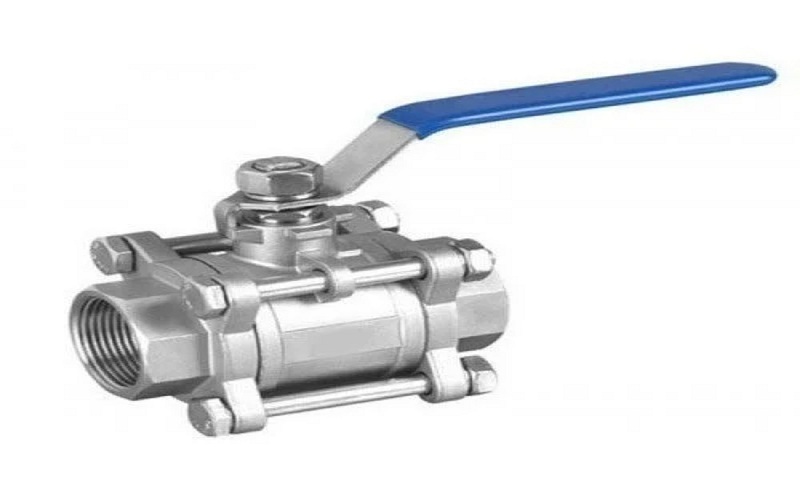In the contemporary fluid control systems, choosing the right stainless steel ball valve manufacturer defines how effectively and safely a workings function. Whether it’s an industrial plant, commercial setup, or housing installation, ball valves remain a right hand choice as of their dependability and easy open close situation. Nevertheless not all ball valves offer the similar performance. When likening stainless steel with brass and PVC variants, stainless steel dependably outperforms the rest particularly in environments where erosion, pressure, and temperature immoderations are a fear.
Stainless steel ball valves are made for longer term strength, higher structural power, and trustworthy operation. While brass and PVC have their individual niche uses, they would not strive with the flexibility and hardiness stainless steel brings, primarily in demanding industrial application.
Better temperature tolerance for systems that need it
The temperature immoderations normally plans how long a valve would stay. When PVC valves gets warmed, they become softer, and when they are cold, it develops to be brittle. This means that they are just used in systems which will not require them to be very cold. Brass works best in a variety of temperatures, but of course it comes with disadvantages when it gets too hot.
Stainless steel, then again, is made to not twist or break when the temperature alters a lot. Stainless steel stays stable and safe even when it’s under a lot of heat, such in steam systems, hot water lines, chemical processing facilities or oil and gas pipelines.
Corrosion Resistance That Outlasts Brass and PVC
One of the main reasons stainless steel stands ahead is its extraordinary erosion resistance. Brass valves struggle corrosion to a degree, nonetheless they are susceptible to dezincification when exposed to water that has chlorides. This gradually deteriorates the valve body, upsurges leakage danger, and can ultimately lead to disappointment. PVC valves also destroy when subjected to specific chemicals, UV radiation, or changeable temperatures, making them untrustworthy in severe conditions.
Stainless steel particularly grades such as 304 and 316 provides superior resistance to rust, corrosion, acids, chlorides, and destructive chemicals. This safeguards the valve remains its power and sealing performance for several years without unpredicted deterioration.
Chemical Compatibility in Different Industries
Chemical exposure has a big effect on how long a valve lasts and how well it works. Solvents, oils, and other industrial chemicals may harm PVC, and brass doesn’t work well in places with a lot of ammonia, acids, or chloride. 316 grade stainless steel is well known for being very compatible with chemicals. Stainless steel valves are used in many industries, including food processing, pharmaceuticals, petrochemicals, water treatment, and maritime activities, since they don’t pollute fluids or break down when subjected to harsh chemicals.
A better and safer choice for modern fluid control
Stainless steel is a safe choice for fluid systems since it always meets or exceeds industrial requirements. When it comes to the fluid systems, safety comes to the forefront. Stainless steel fulfils the requirements of the standards of industries. It is in the form of nature that does not react. Its constant performance and a high level of strength that make it a reliable material especially in applications where you cannot compromise with safety. From drinkable water systems to chemical pipelines, the valves of stainless steel offer operations which are constant and free from hassles.
Conclusion
The valves of PVC ball and brass have made their place in applications where the risk is low. On the contrary, the valves of stainless steel ball provide a great combination of longevity, strength and safety in the system. These days, many stainless steel ball valve manufacturer in industrial sectors are moving towards reliable performance and a high level of efficiency. As a result, stainless steel proves to be highly durable and a large number of people use this. It becomes the most preferred choice for fluid control systems.
